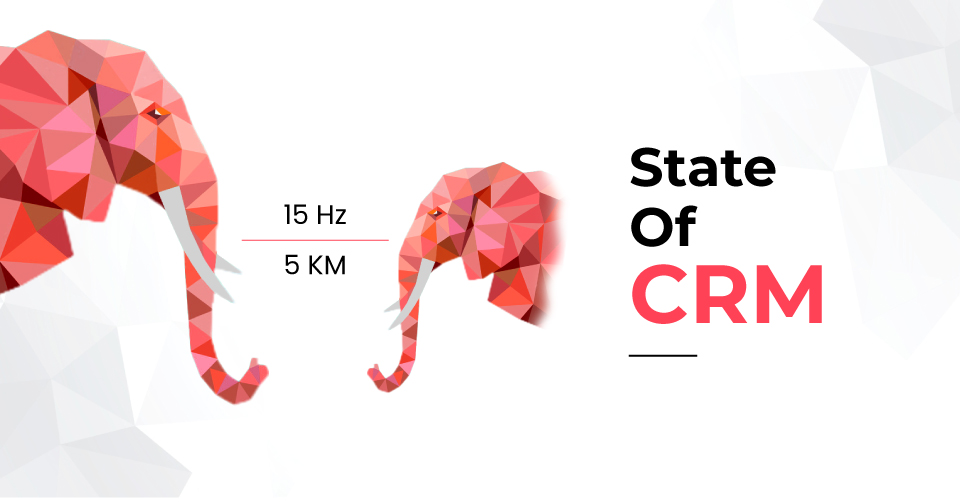The out-break of the virus has had a cascading impact on the Indian Economy. Demand is down. Supply chain is broken. And the real estate sector is reeling under the impact of the COVID-19. The sector is facing 2 major challenges namely lead generation and retention. Owners are trying hard to recover leasing activities, capital and strong leverage ratios. Lower transaction volumes has urged the sector to be quick to adapt to changes, apparently to new technologies.
Observing the Trends
Paramantra’s real estate CRM has analyzed the data of one of our real estate clients and the results are insightful. The data was analyzed in two different phases- the pre-COVID phase and the post-COVID phase. July, August and September, depict the post-COVID phase and show reduced average incoming calls. However, this trend was not much visible in Jan, Feb and March as this was the pre-COVID phase. The average number of calls were found to be at a peak from 9:00 a.m. to 1:00 p.m.
The post-COVID phase depicts a gradual incline in the average calls as the real estate is slowly finding its feet after getting a hit by the pandemic. However the maximum average number of calls are recorded at 27 at around 10:00 a.m. This further declines to 16 at around 3:00 p.m. This period depicts the work from home scenario repurcussions. It also pertains to the slow recovery that the economy is going through. Observing the trend, its evident that this delayed recovery is the result of government regulations alongwith the hike in property prices. As consumers experience job loss and pay cuts, the propensity to purchase or rent property has decreased.
Prospect home buyers await a certainty on job security. This, in turn, has induced a drift in their purchase decisions urging them to postpone their property purchase decisions. As the market suffers, there has been a delay in the supply of construction materials which has also pushed the timeline of the already running projects. People are reluctant to block heavy capital in large investments owing to the prevailing financial uncertainty.


Fig. 1 (left): Average incoming calls from customers received by our top real estate clients during Jan-Feb-Mar Quarter (pre-COVID)
Fig. 2 (right): Average incoming calls from customers received by our top real estate clients during Jul-Aug-Sep Quarter (post-COVID)
Slow and Steady
Another major challenge that the sector continues to face is low lead generations. Further analyzing the data, we found a dip in the number of leads generated. February 2020 recorded average number of leads at 1368. The lowest was recorded in the month of May. However, mid-August reported average number of leads at 1030. The pandemic has inculcated a sense of home ownership in the buyers, giving a slight boost to the residential real estate. Increasing digitization in the real estate sector has opened ways to exploring more viable options. Though physical site visits would never become off-stream, yet developers are taking to virtual tours and online property registrations. House-hunting, as people feel these days, has become comparatively easier due to real-estate digitization.
The trends show a steady incline in the average number of leads generated in September as compared to July. Probably the falling home loan interest rates, moratorium interest reliefs etc. have led the prospect home buyers to enquire about property. But, as clearly evident from the data, returning to pre-COVID levels would still need a considerable amount of time. The pandemic-induced migration is also partly responsible for the change in the pattern of the trends. Consumers are moving away from expensive urban locations to their hometown. Moreover, there have been low footfalls in commercial centres like Malls, retail outlets and entertainment venues. This has had a direct impact on the commercial real estate deals.

Fig. 3: Monthwise Average Lead Generation of our top Real Estate clients
Scaling the loss
The virus has hit the Indian Economy at a particularly crucial time. This is the period of statutory payouts and balance sheet streamlining in the real estate sector. Even though people adapt to the changing landscape and return back to work, remote working is here to stay for long. Budding importance of home ownership amongst buyers will pave a way forward for the real estate sector. As the market starts to recover, its cascading effects would also be visible in the real estate sector through streamlined construction pricing, project timelines, commercial deal closures etc. The real estate sector is recovering at a slow pace. It is already prepared to brace itself for any further impact by a pandemic.



